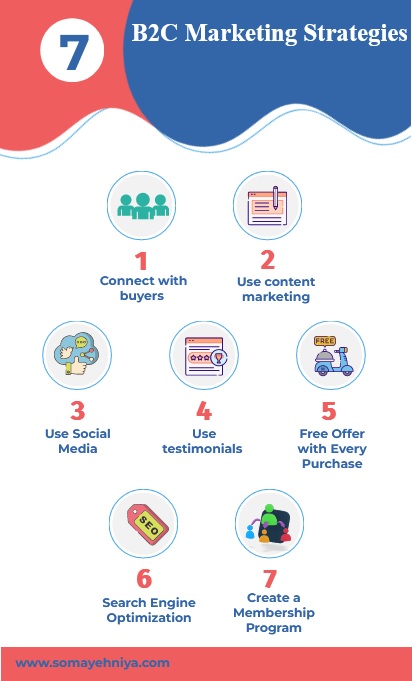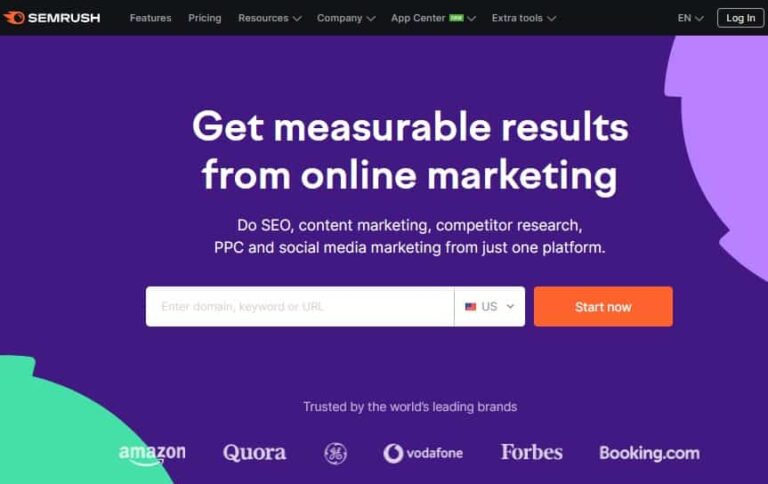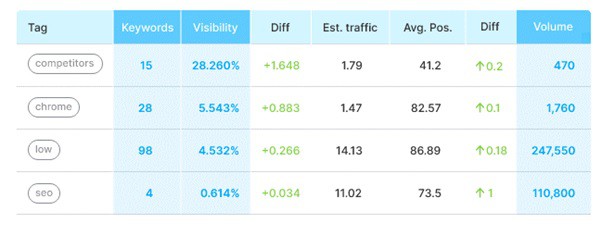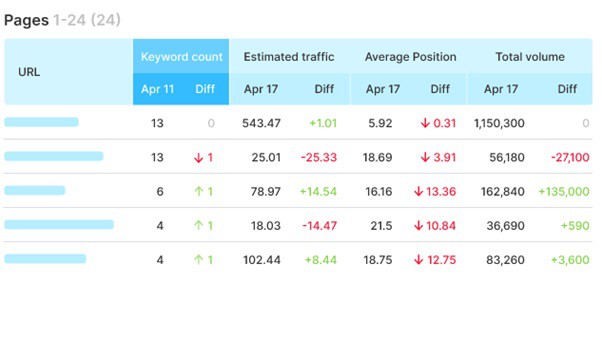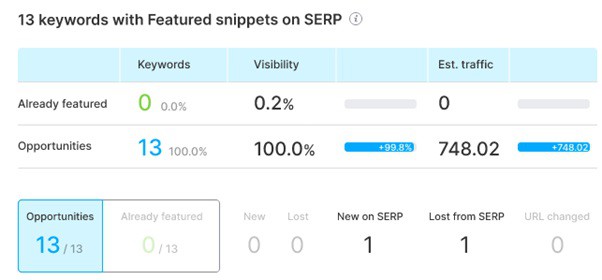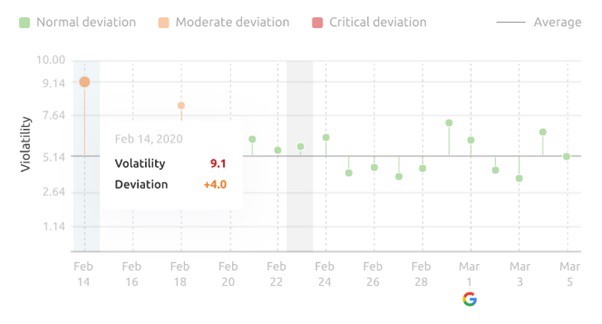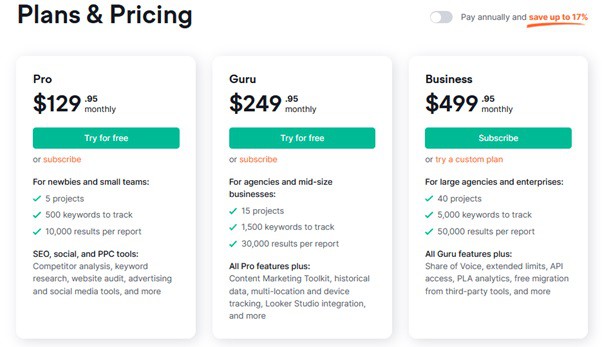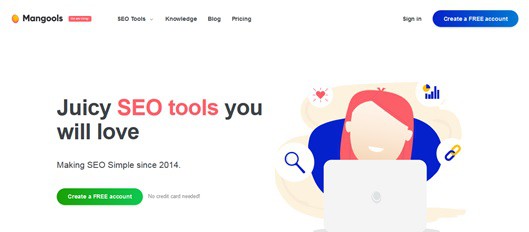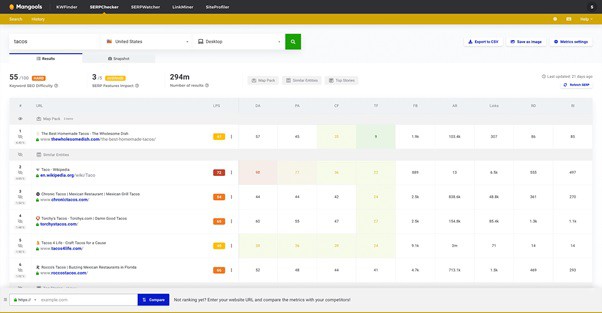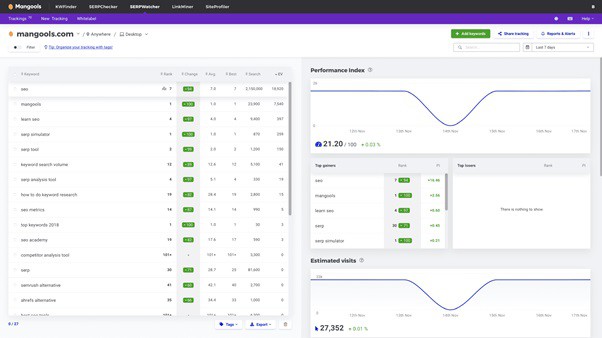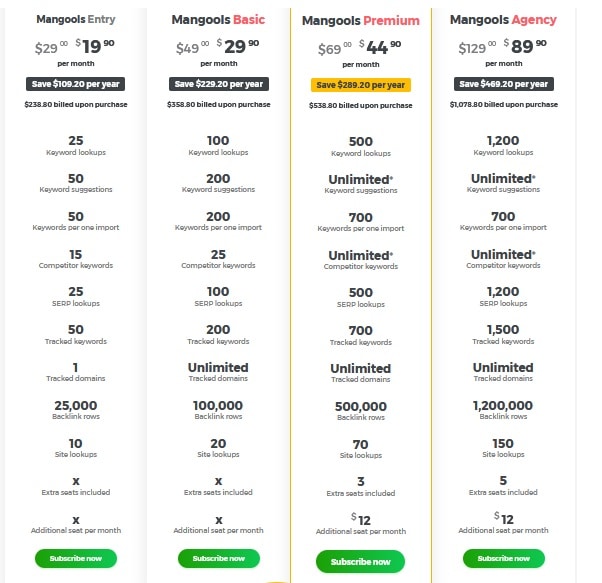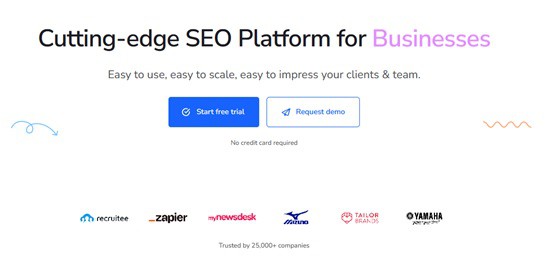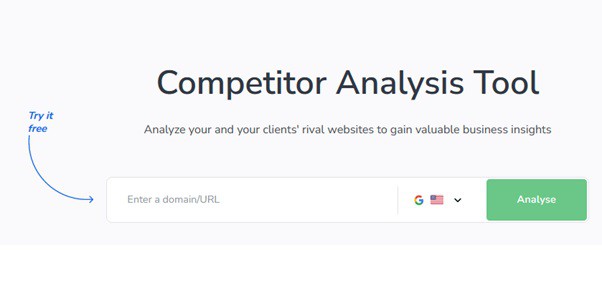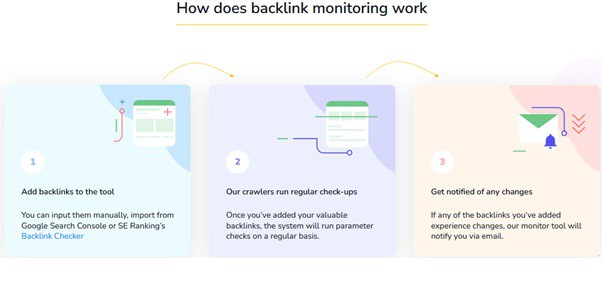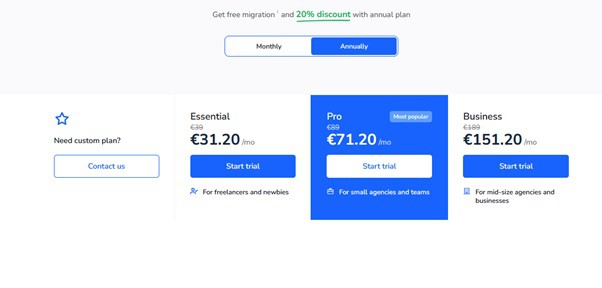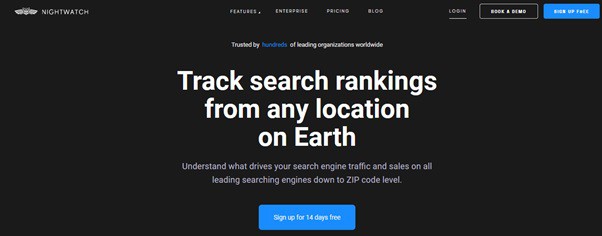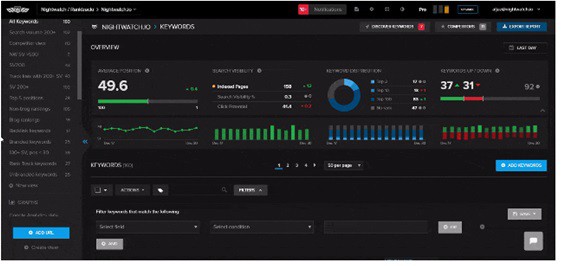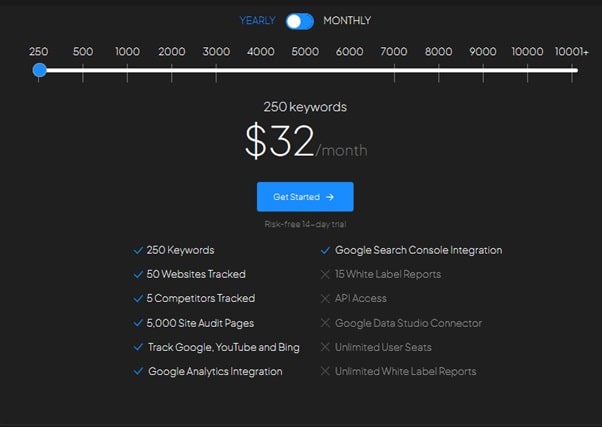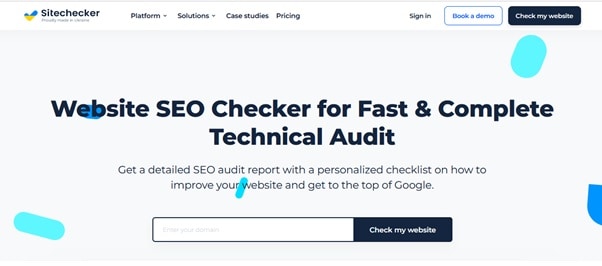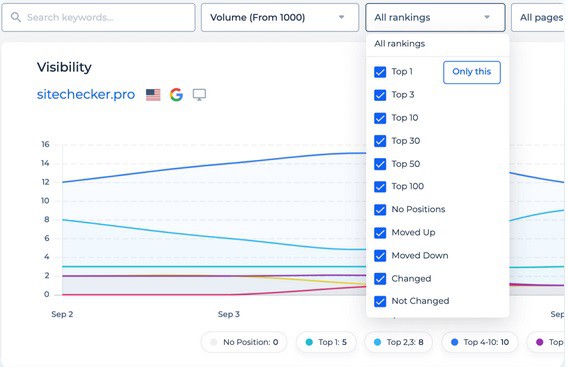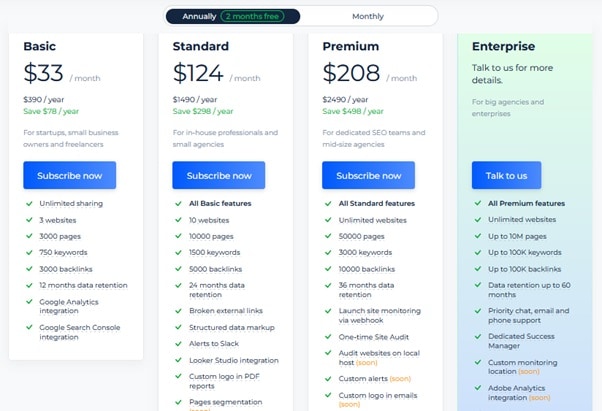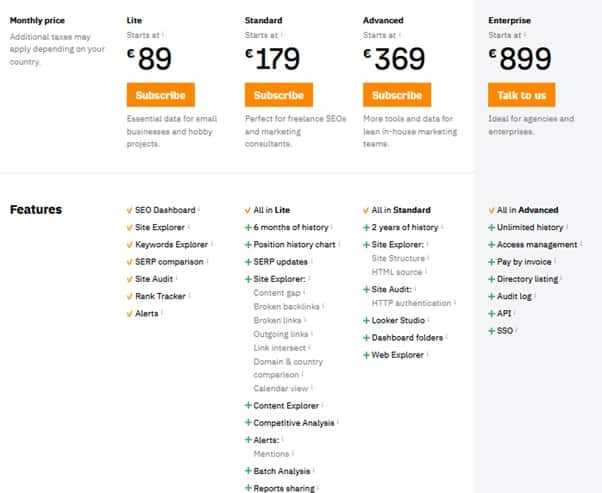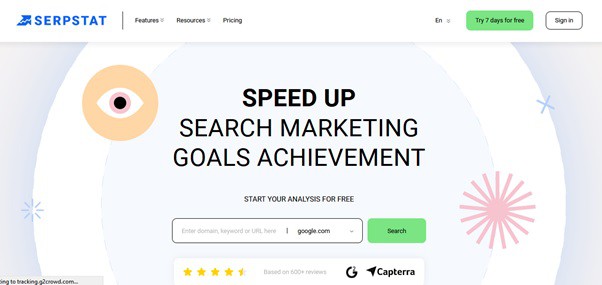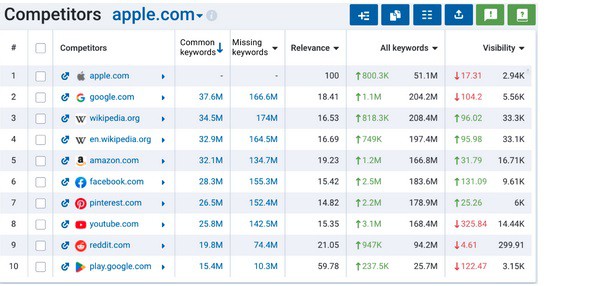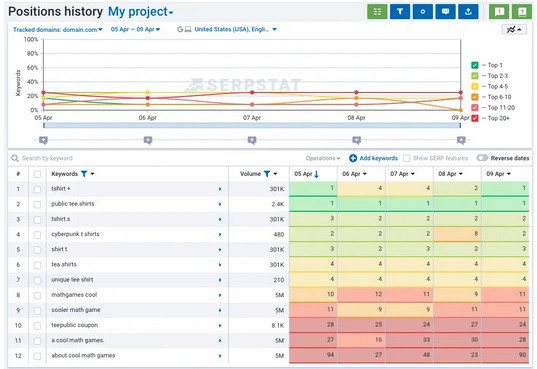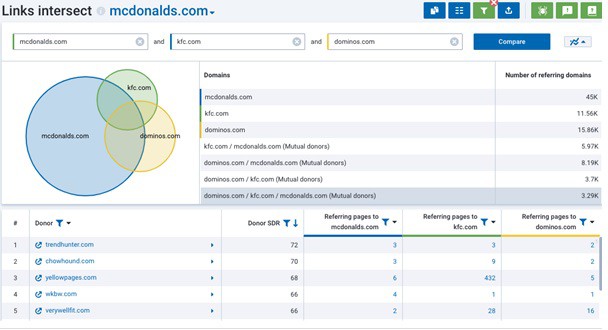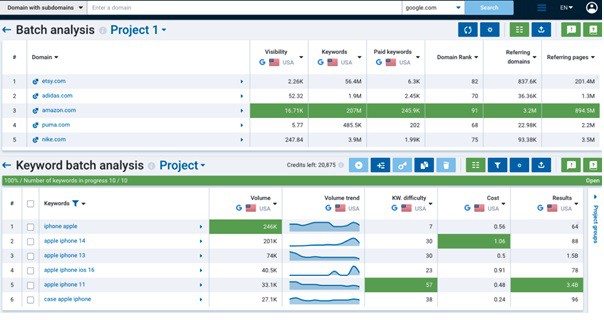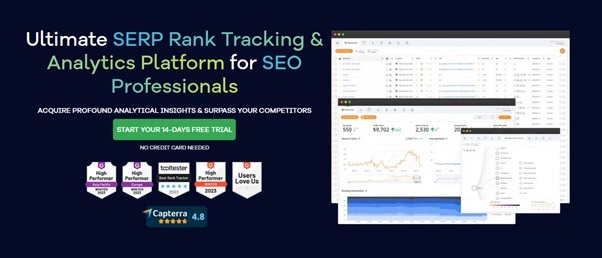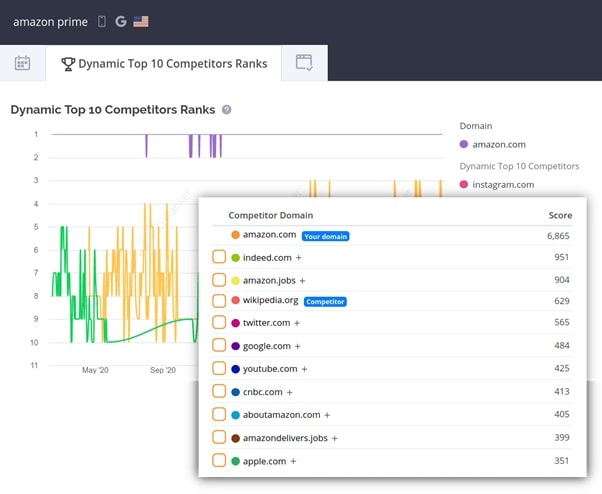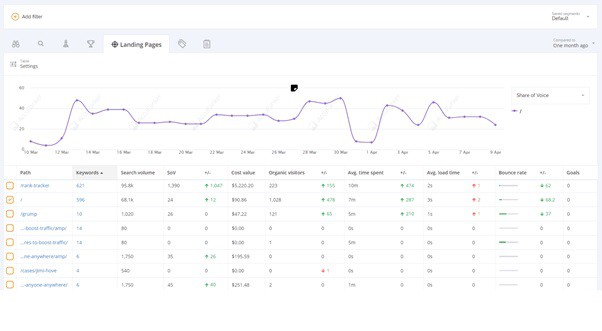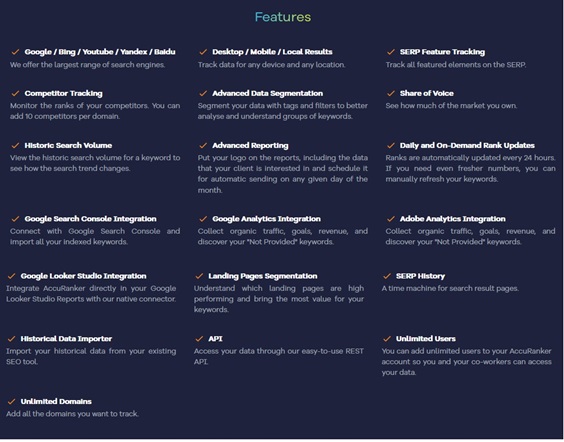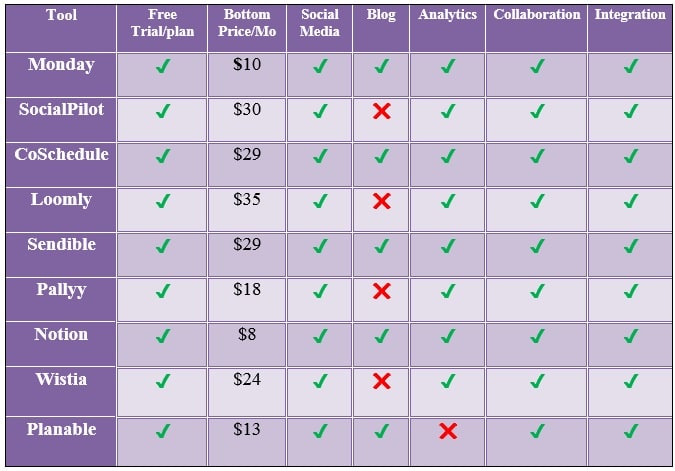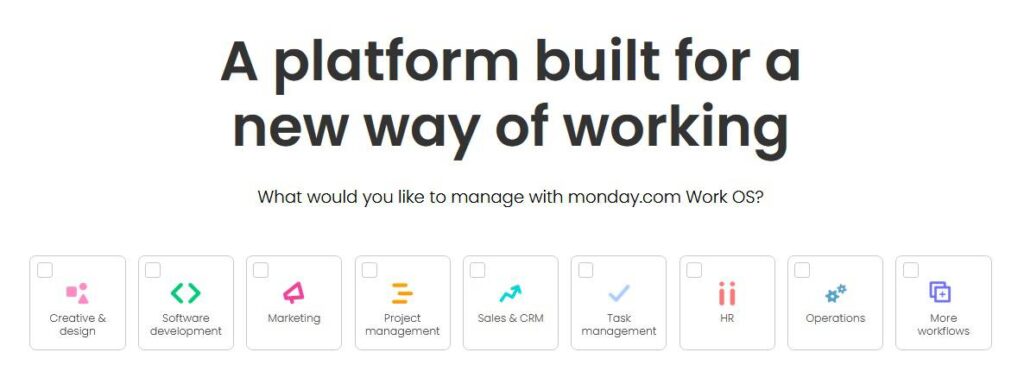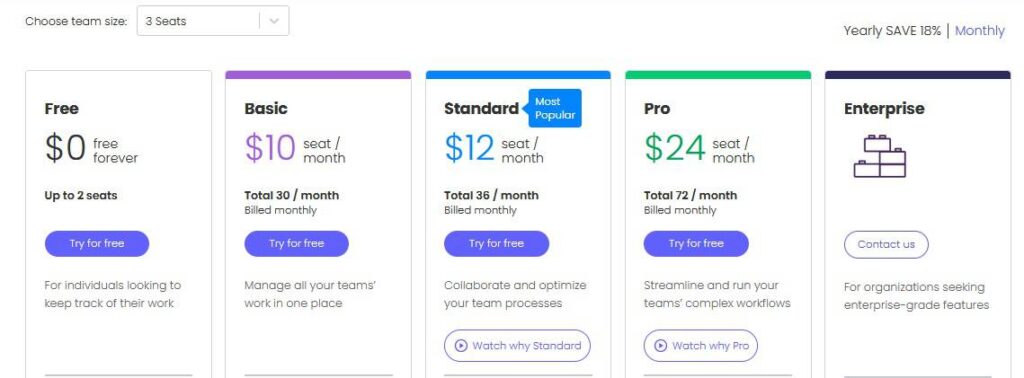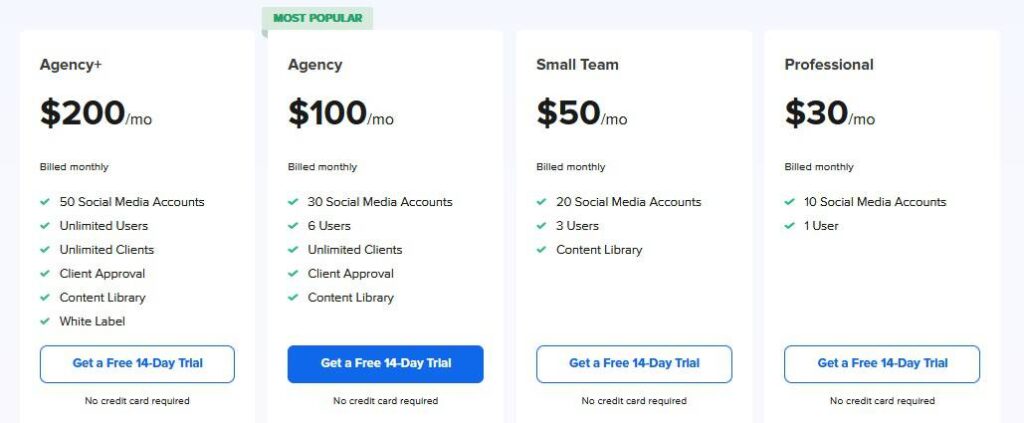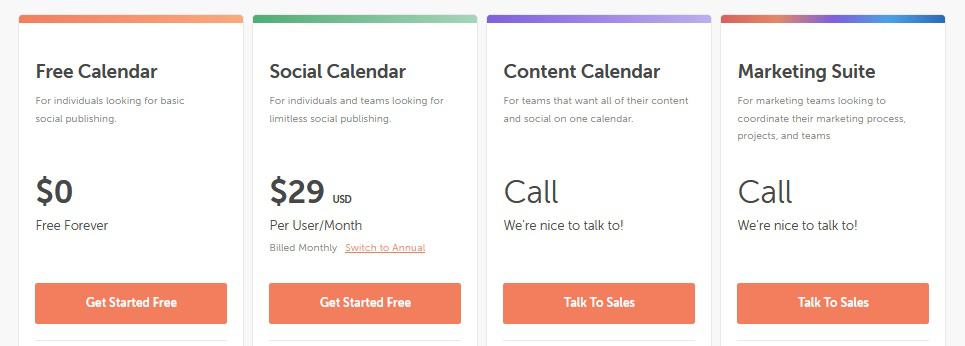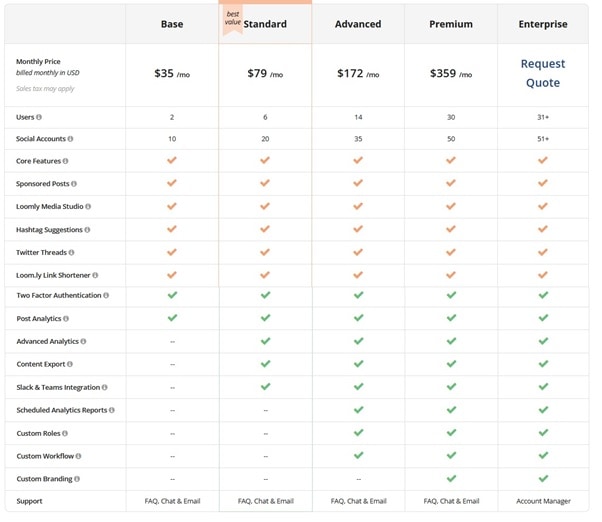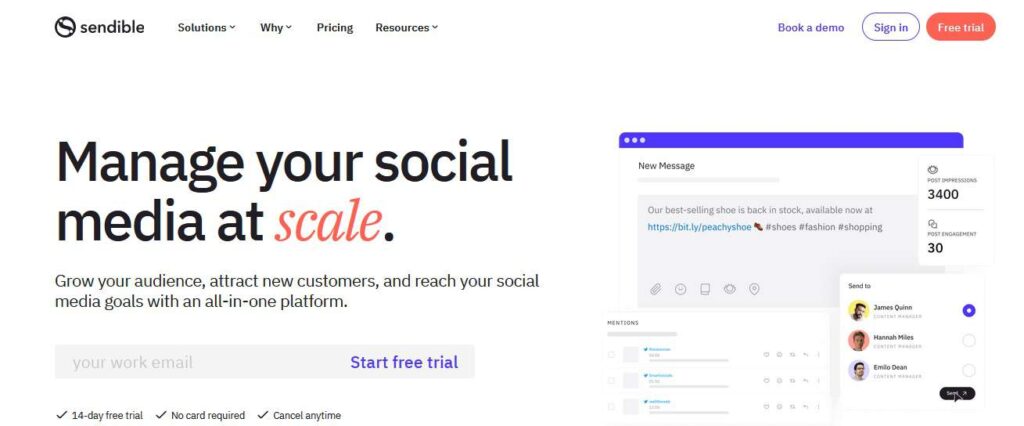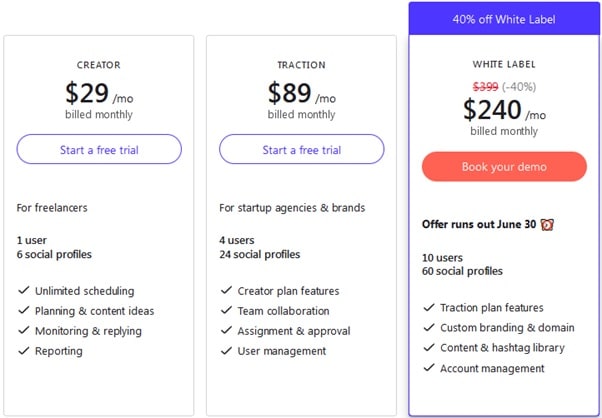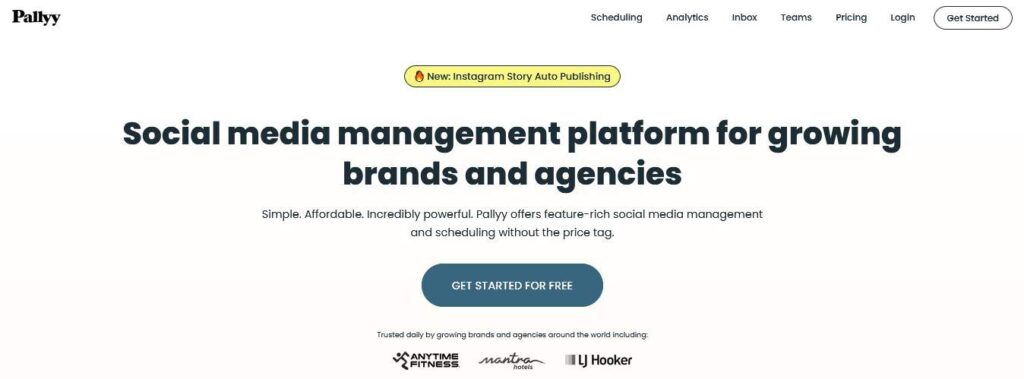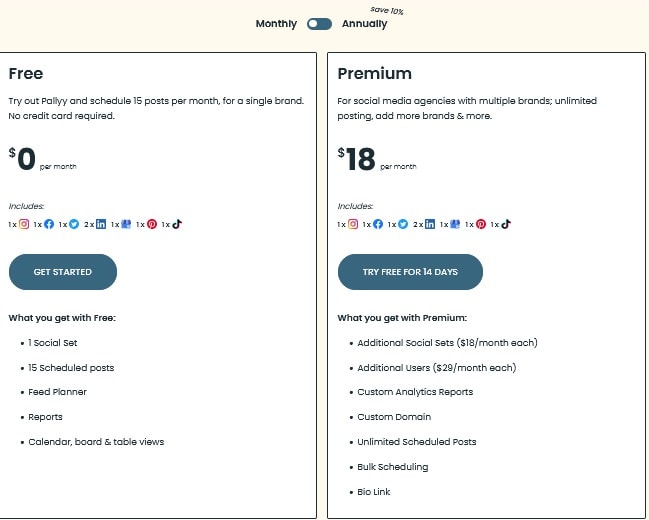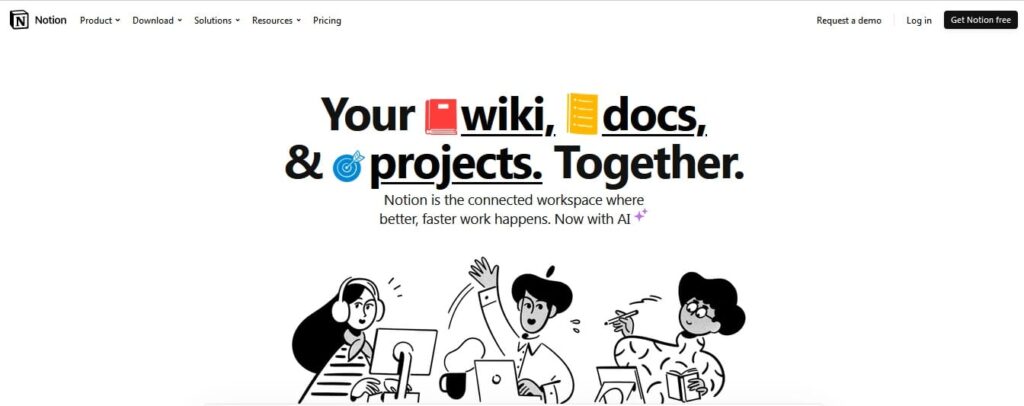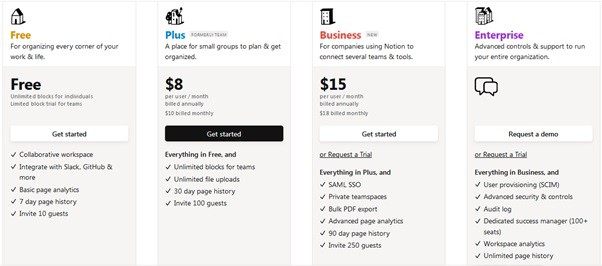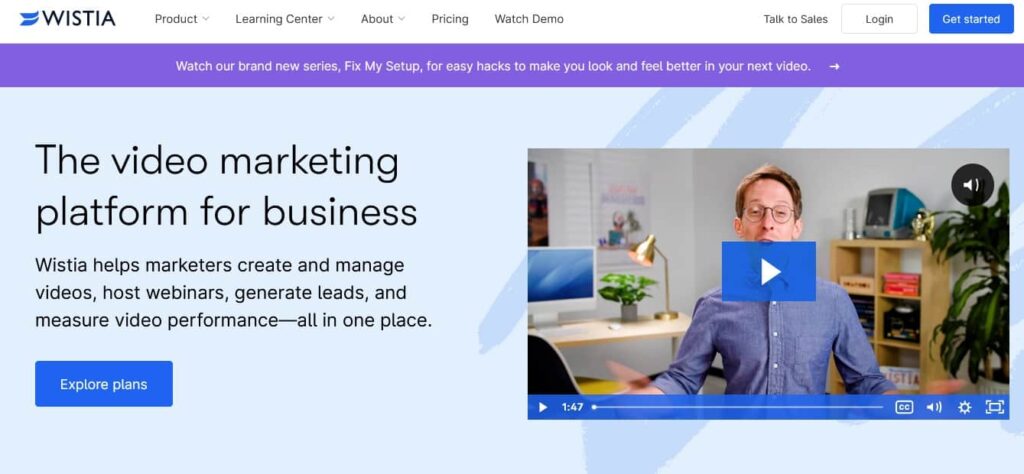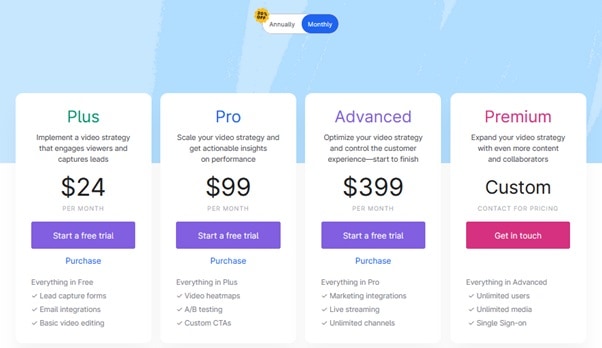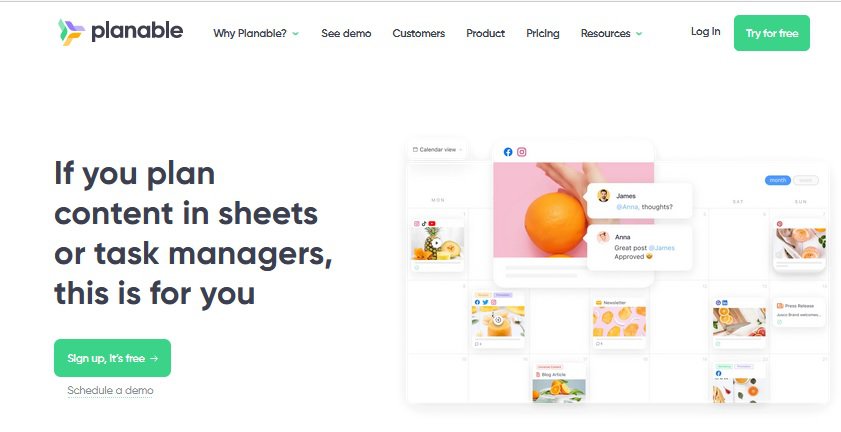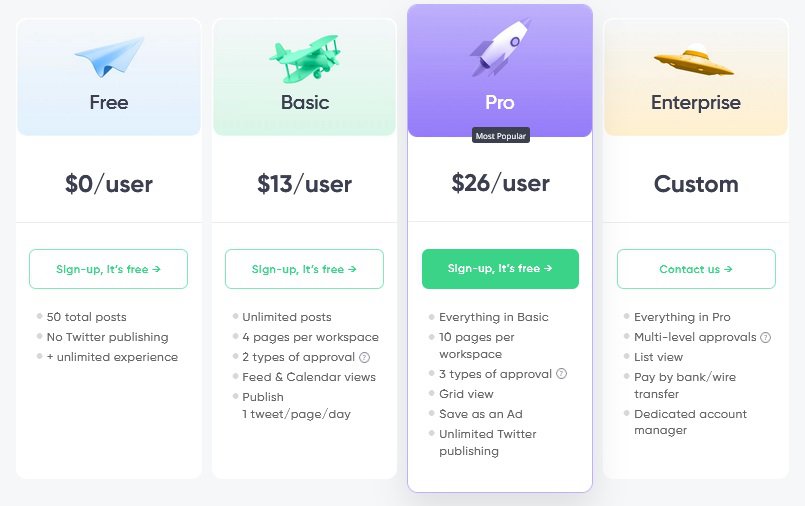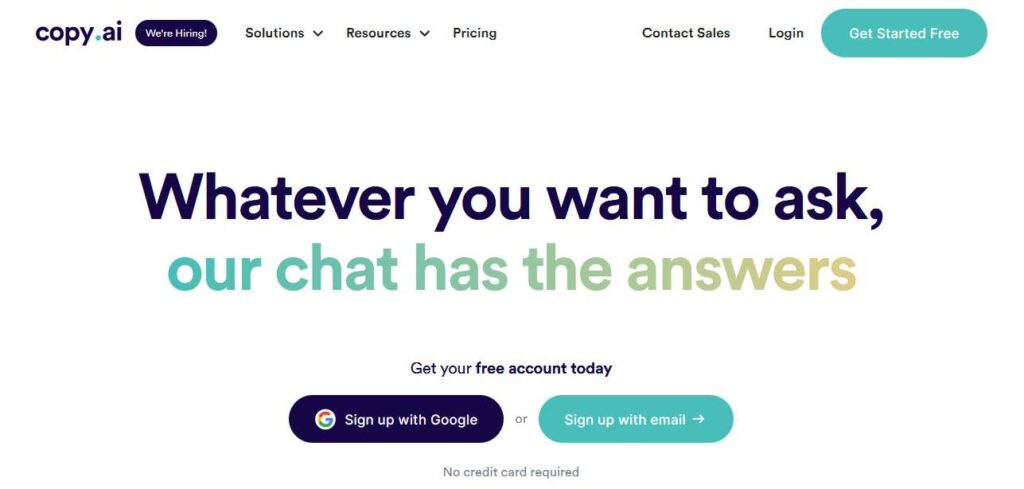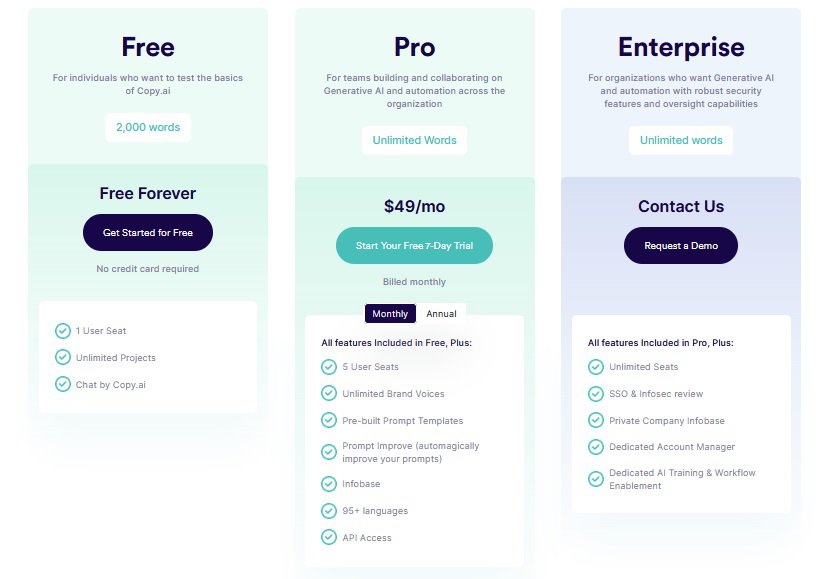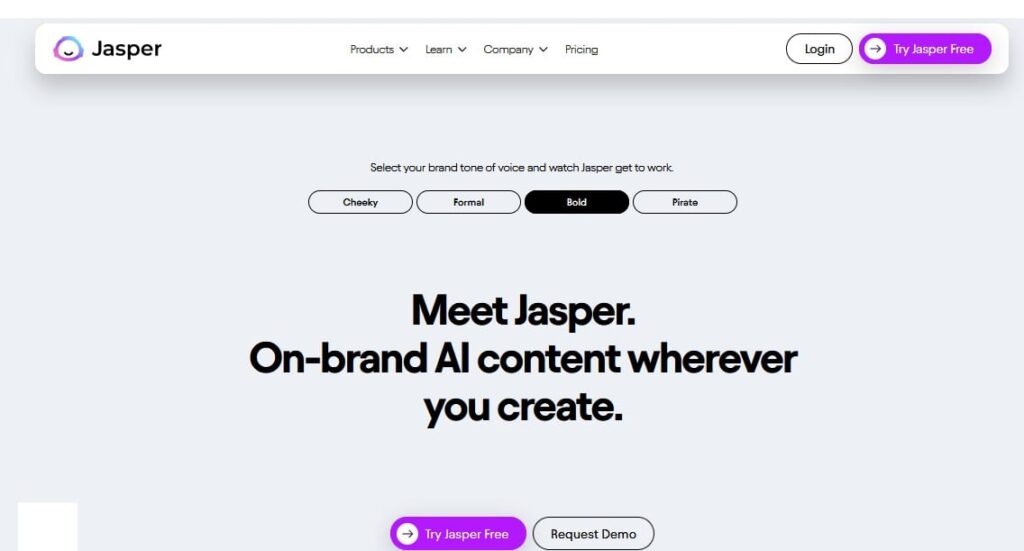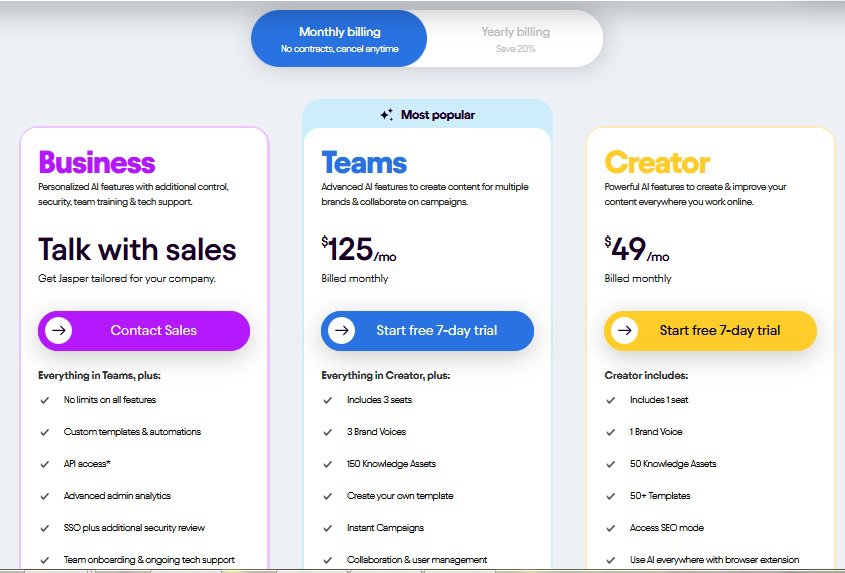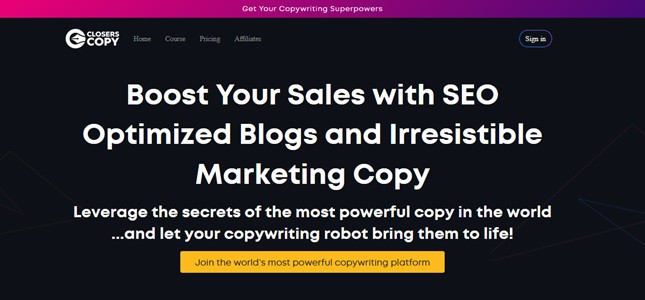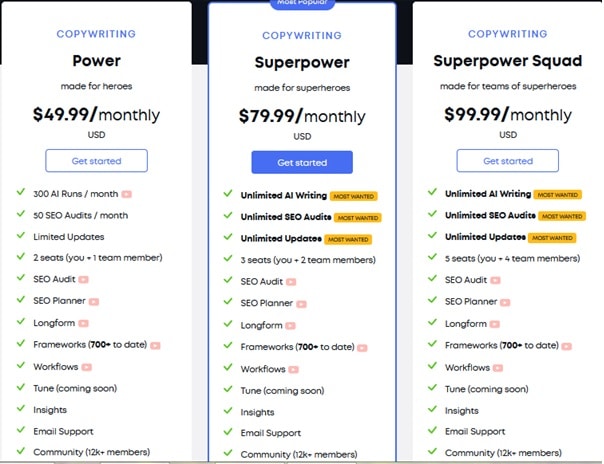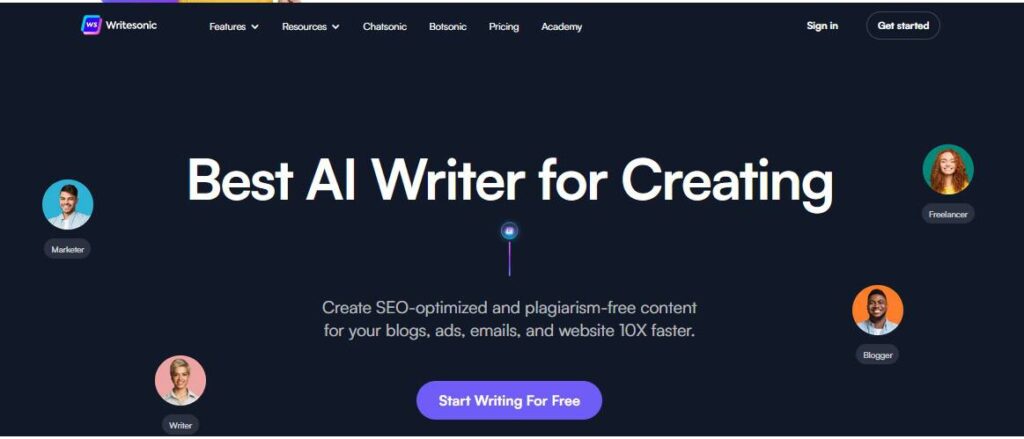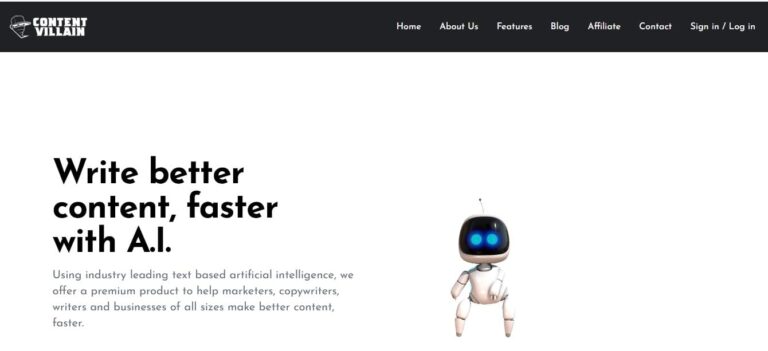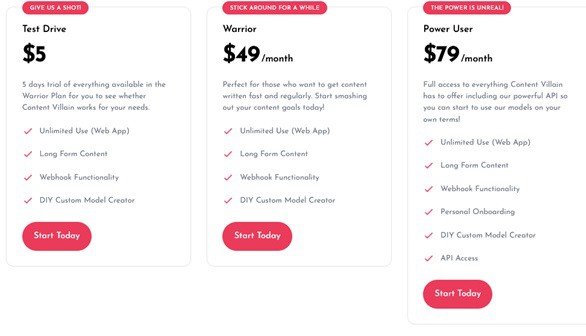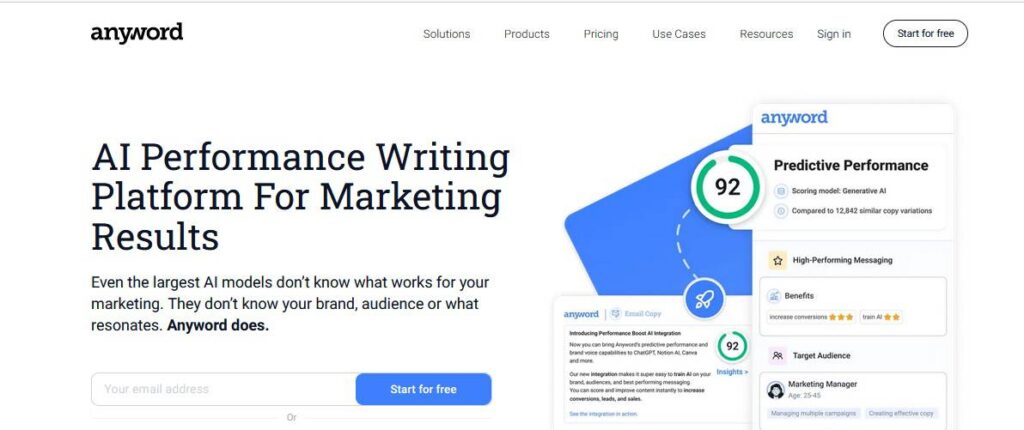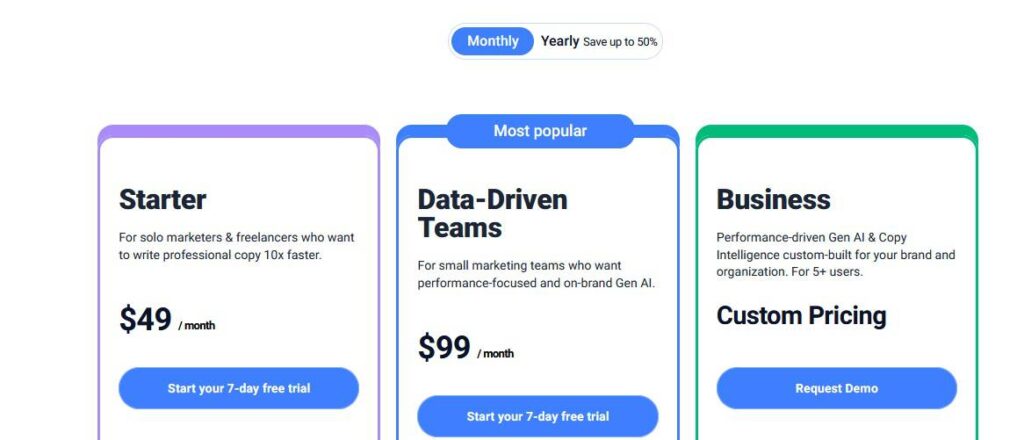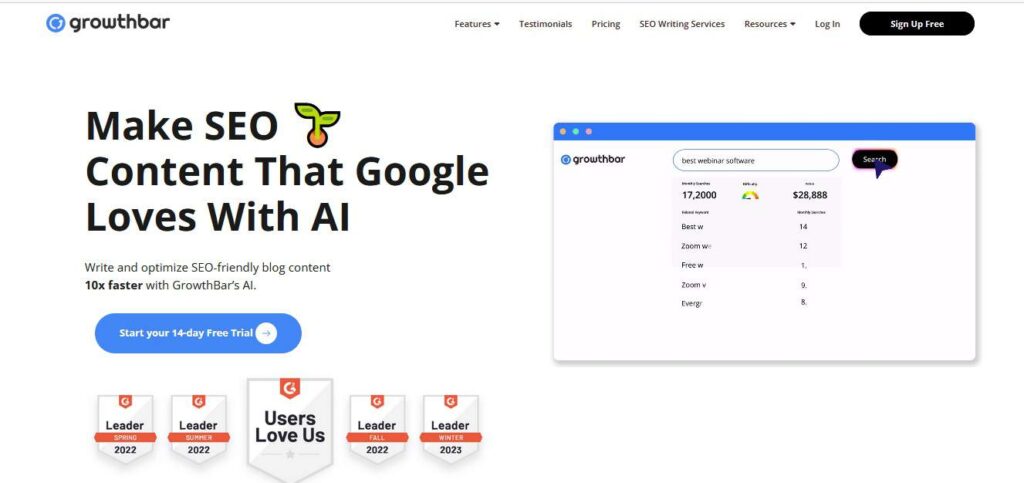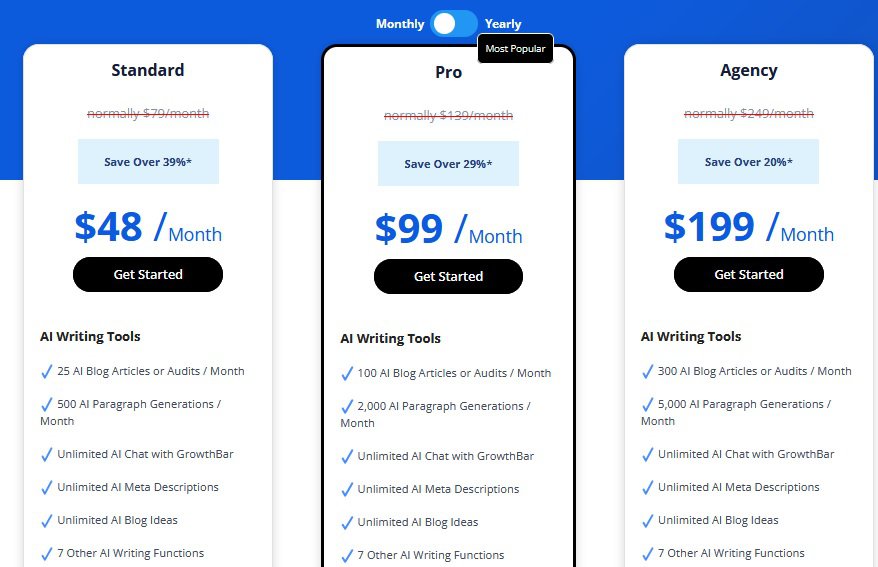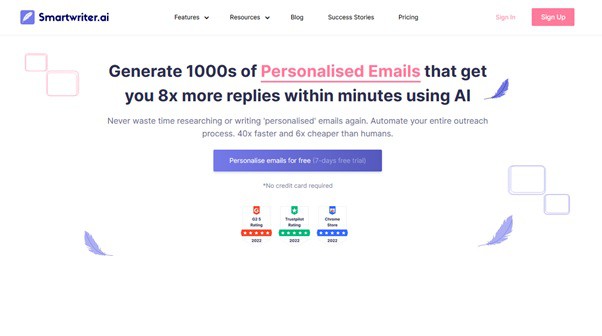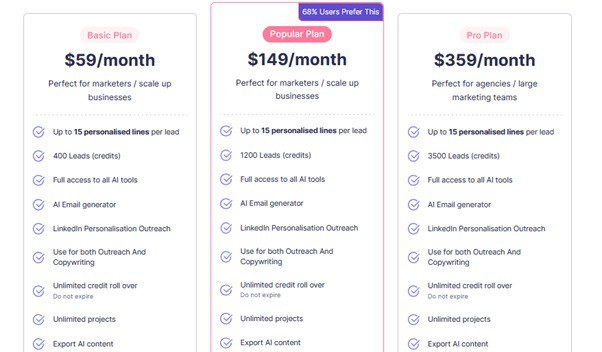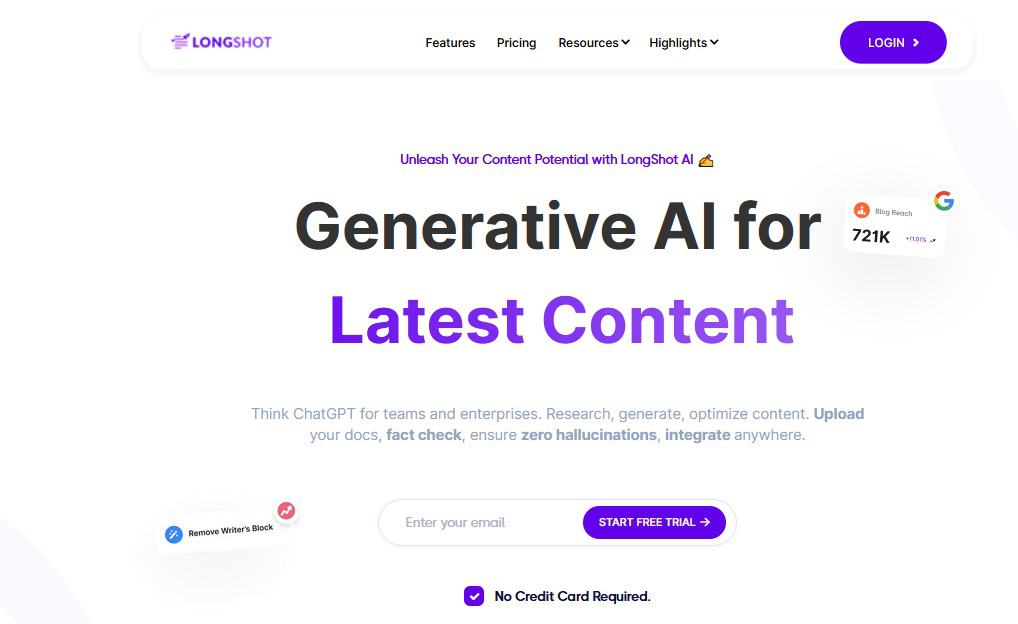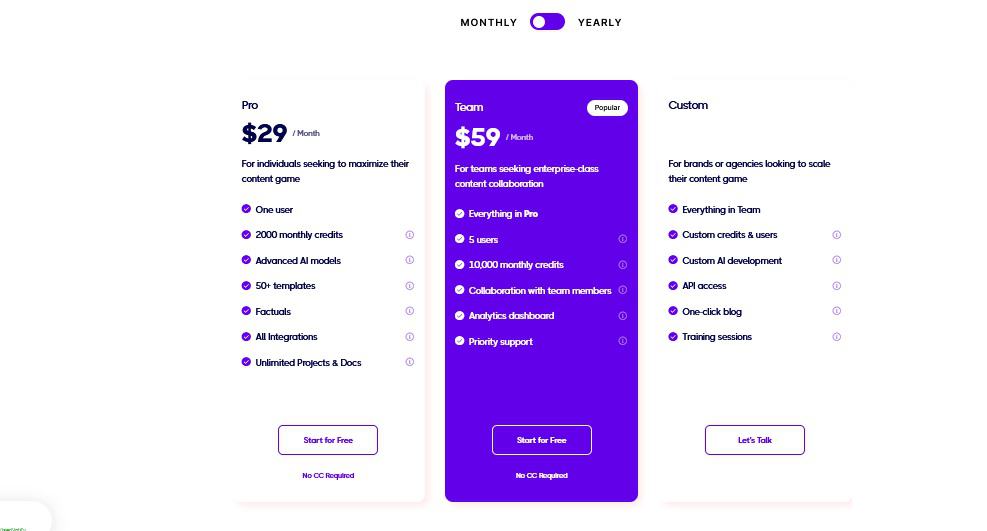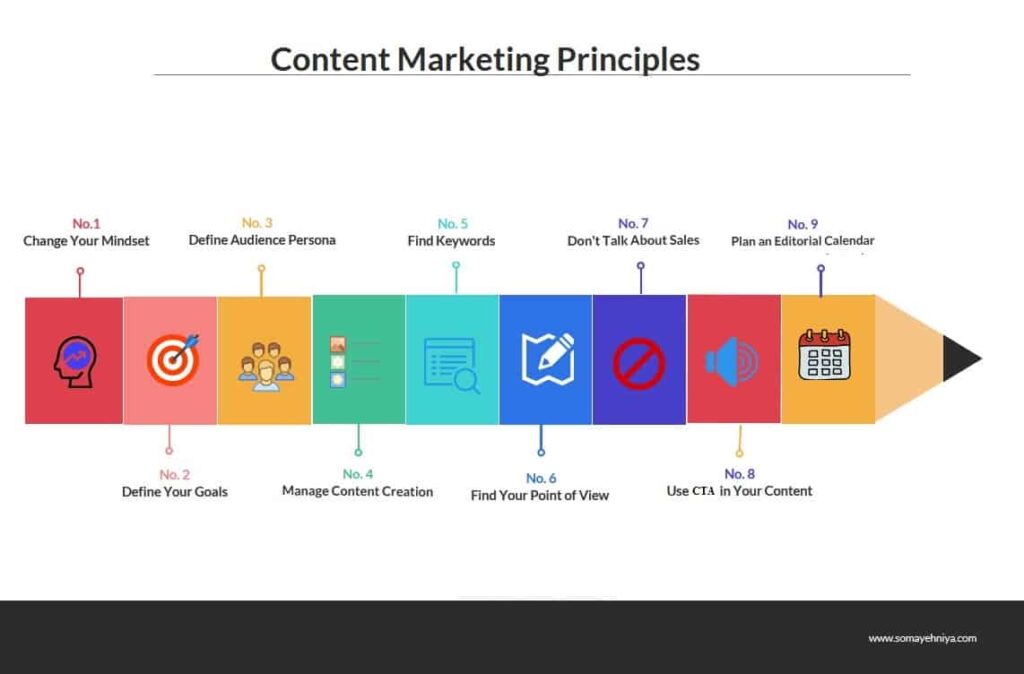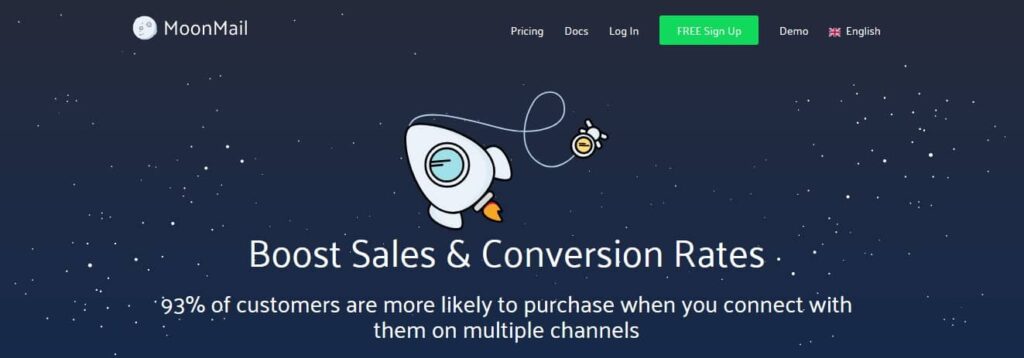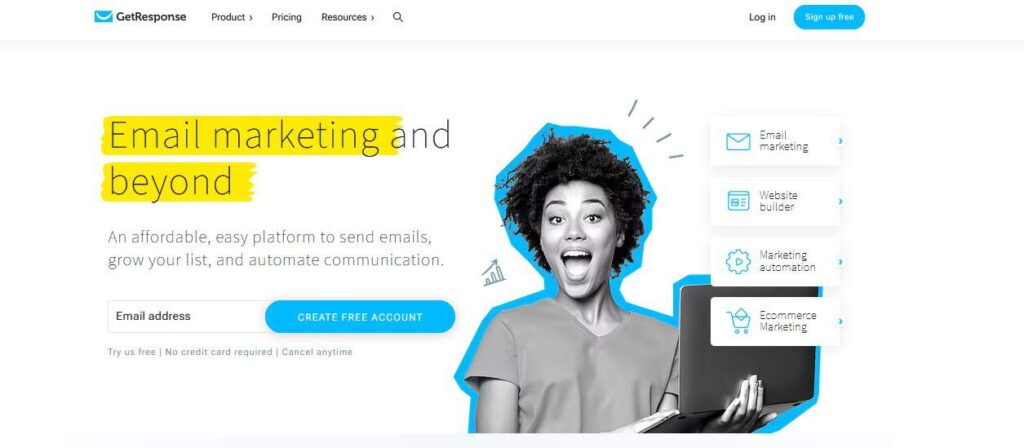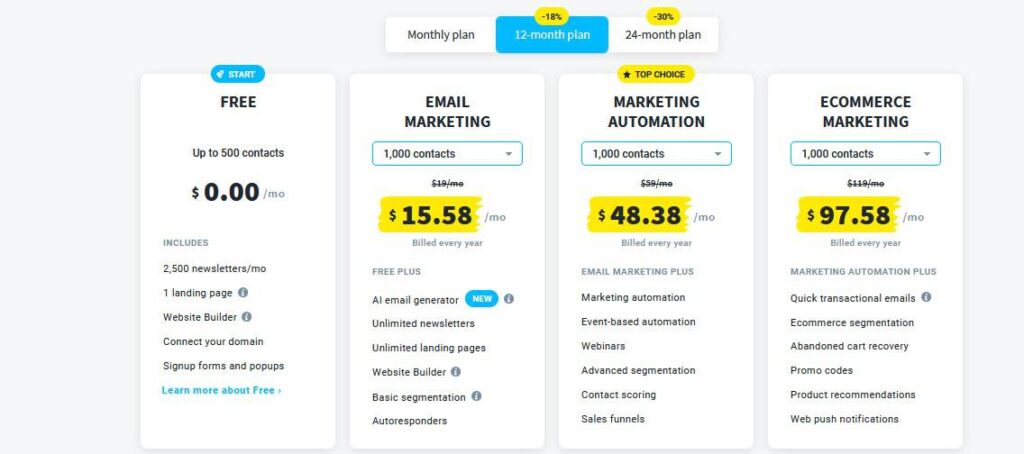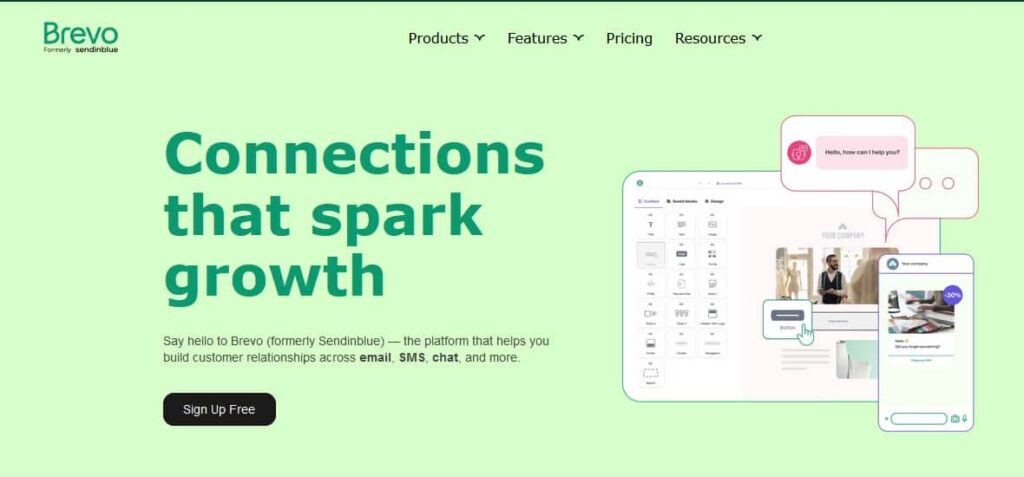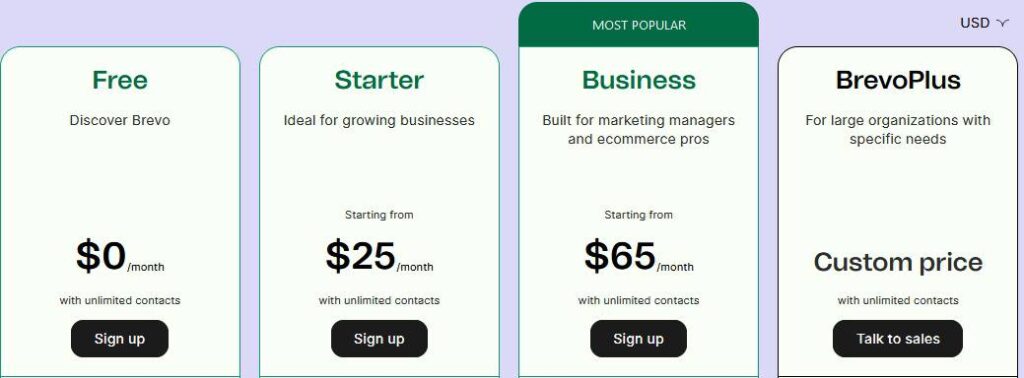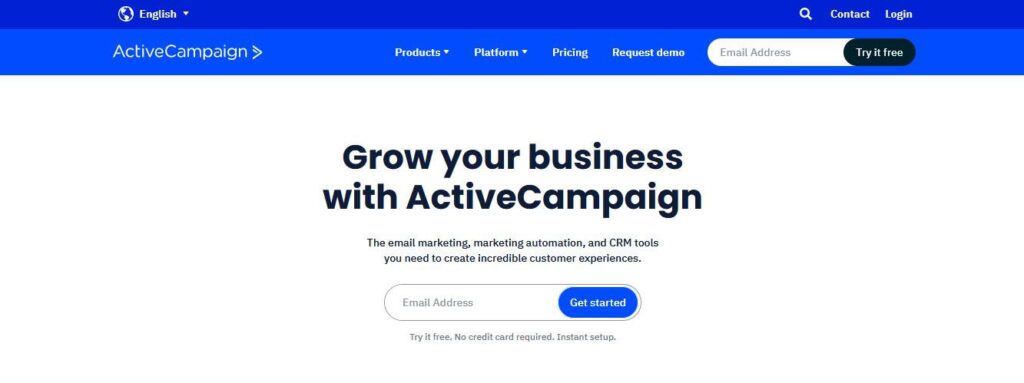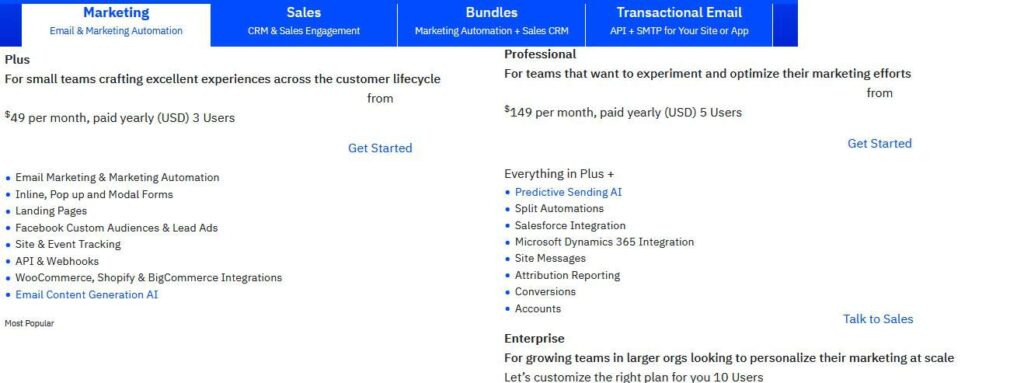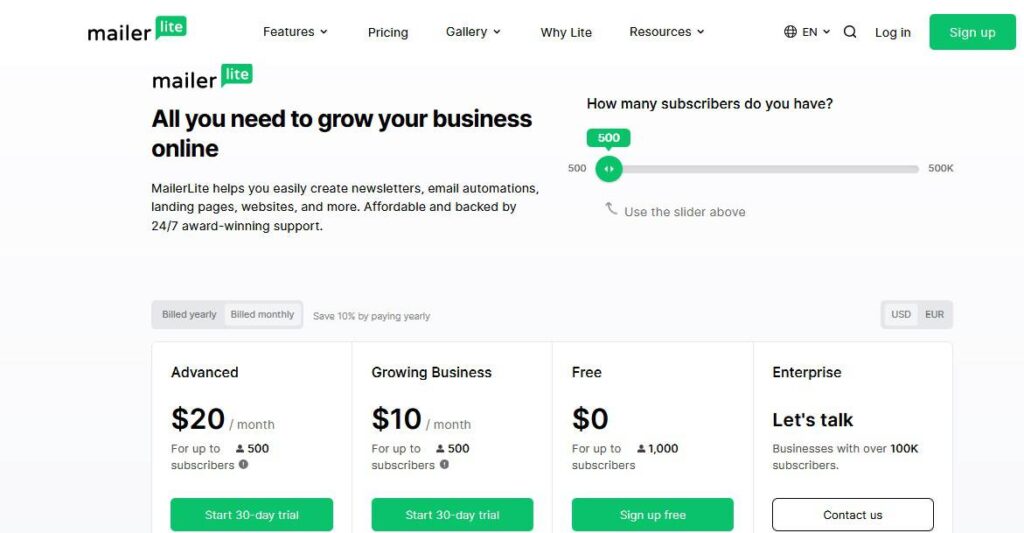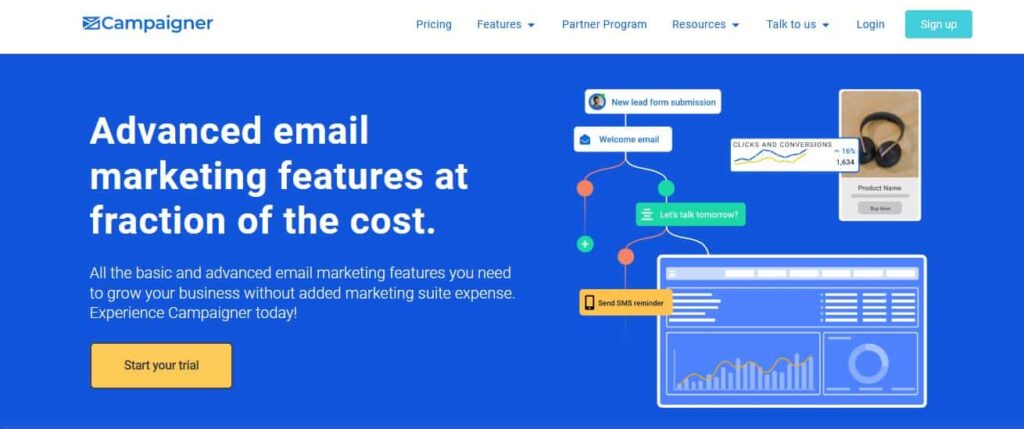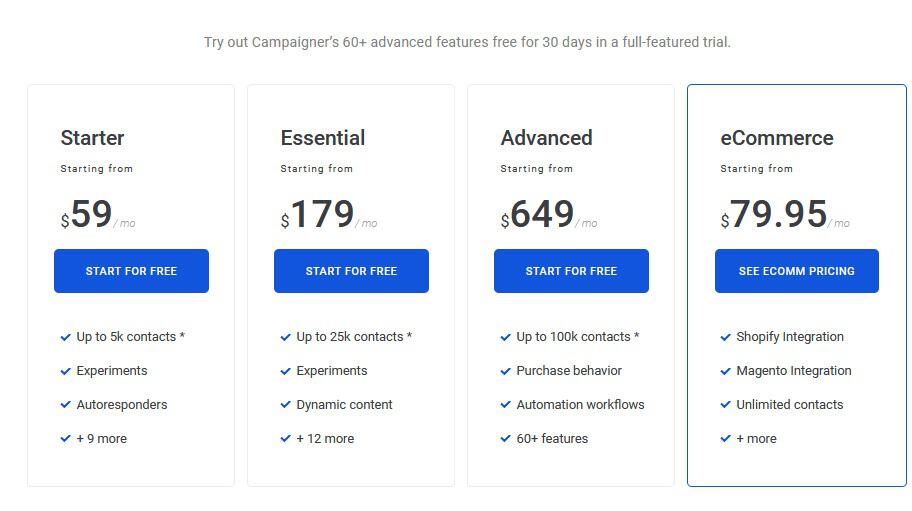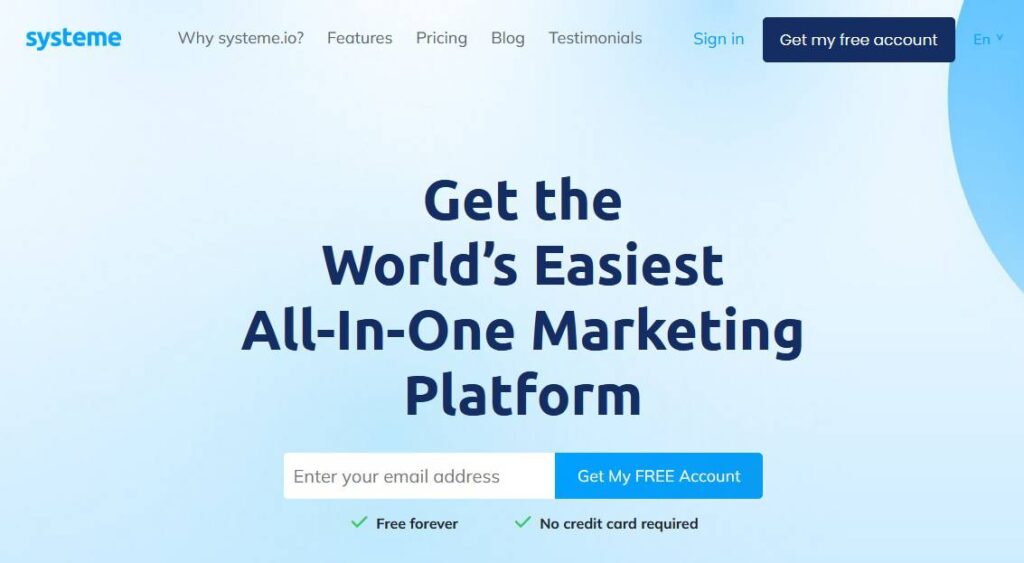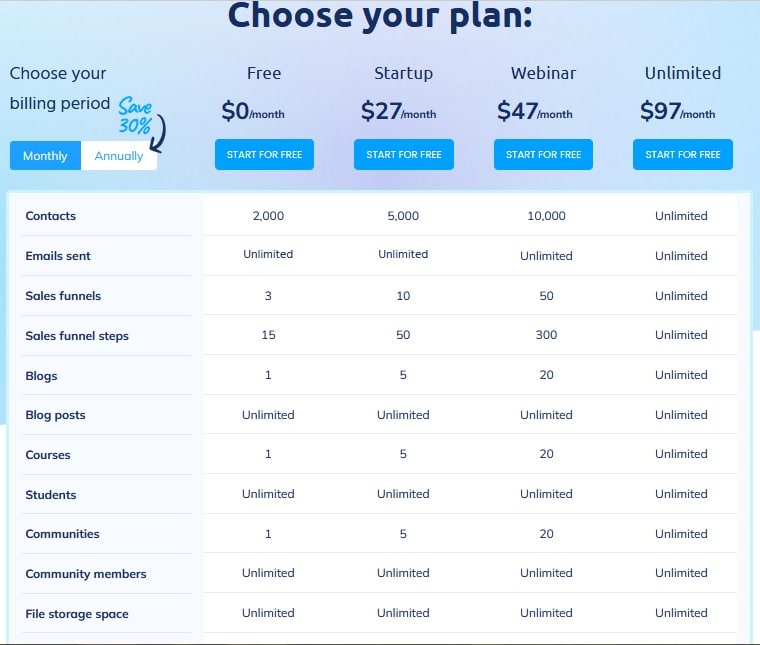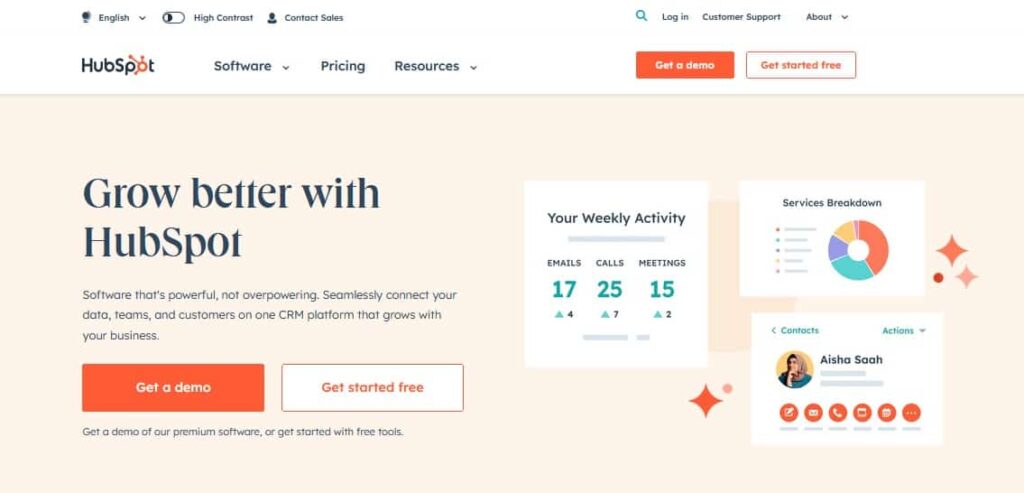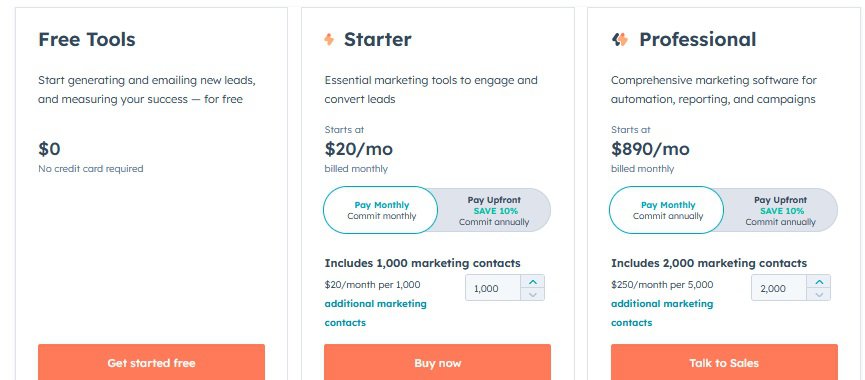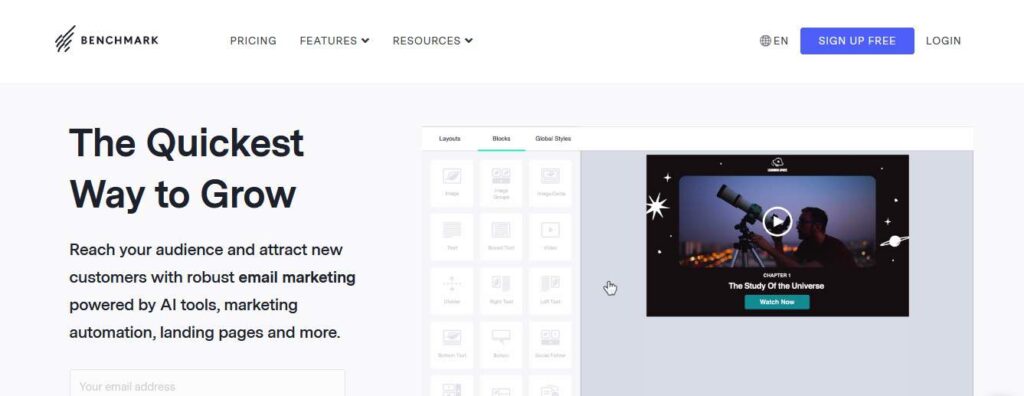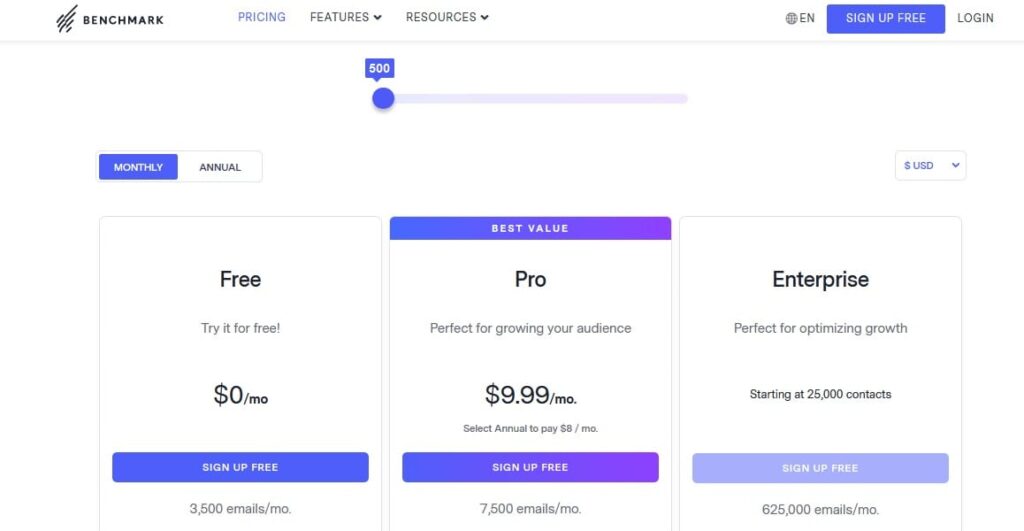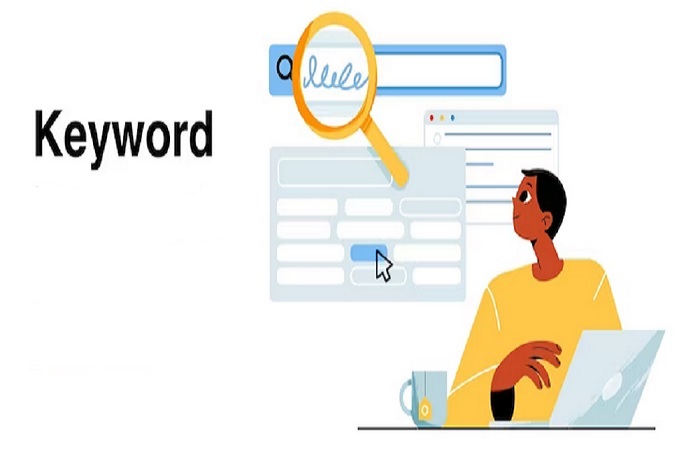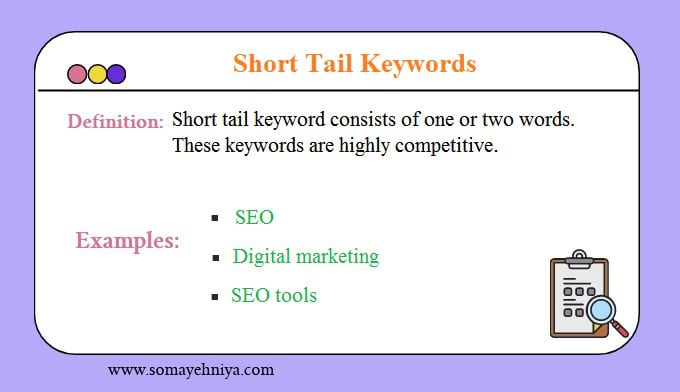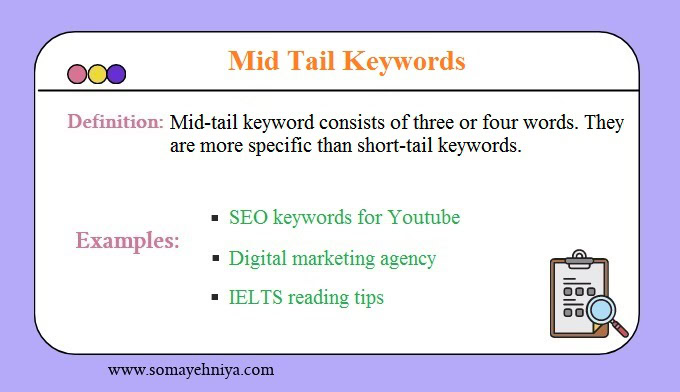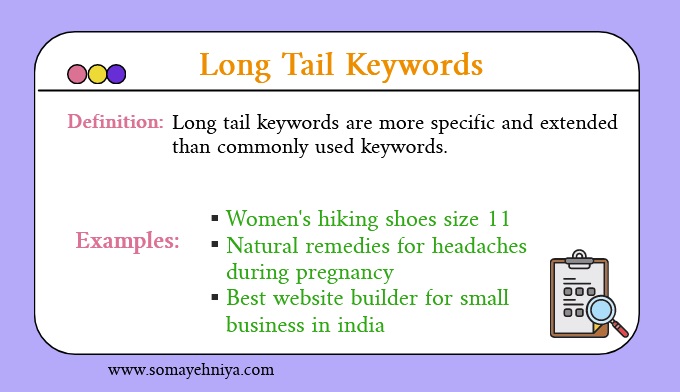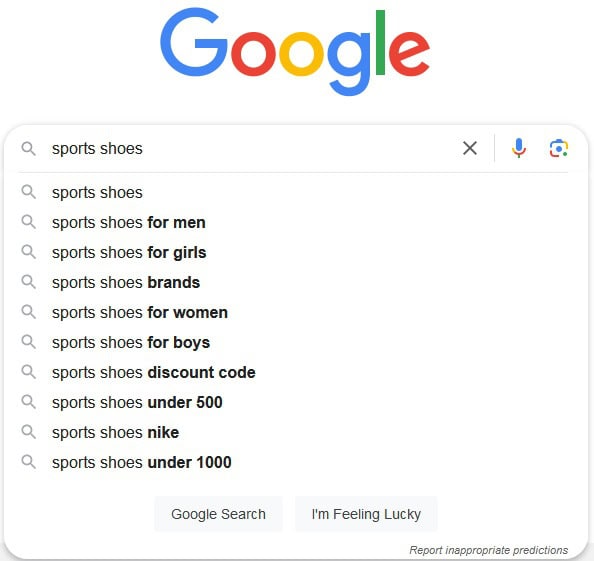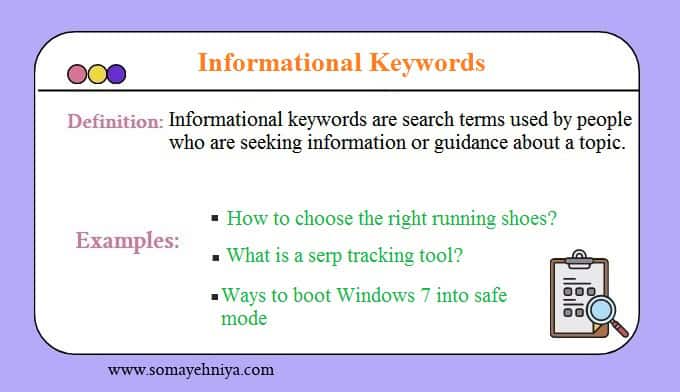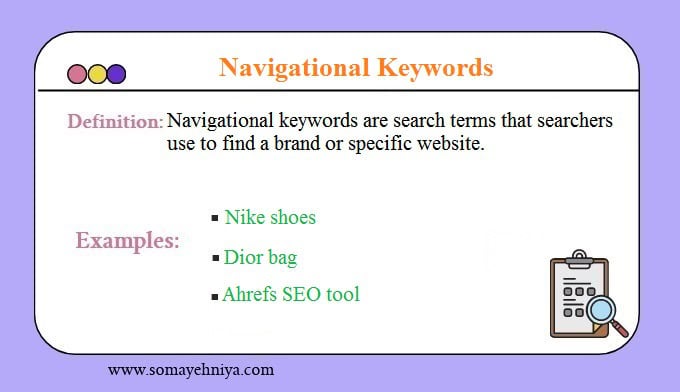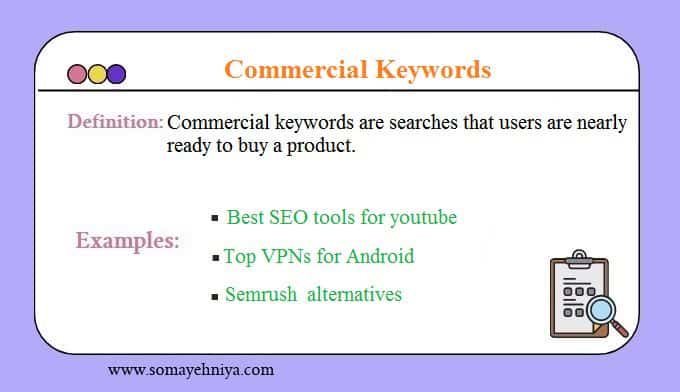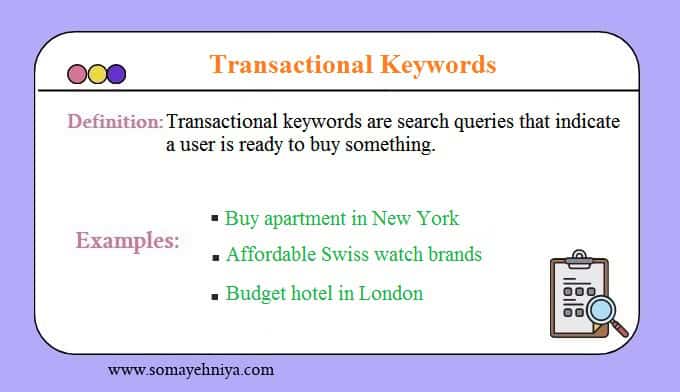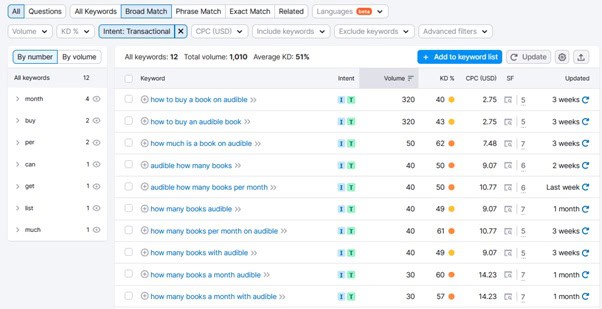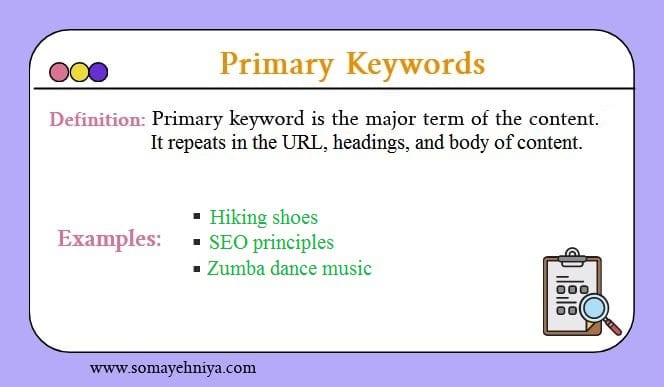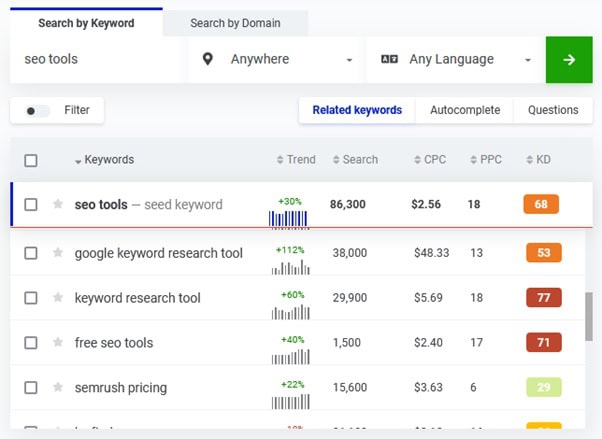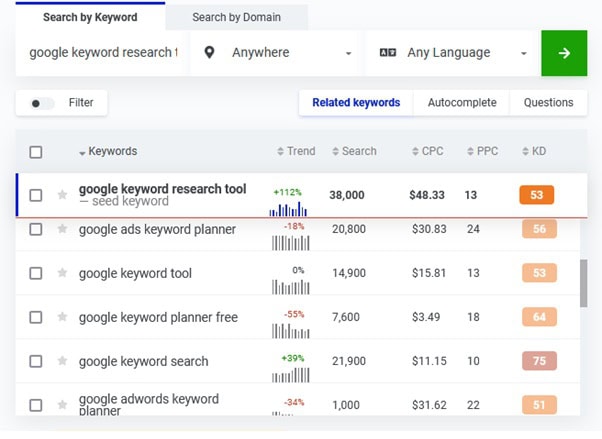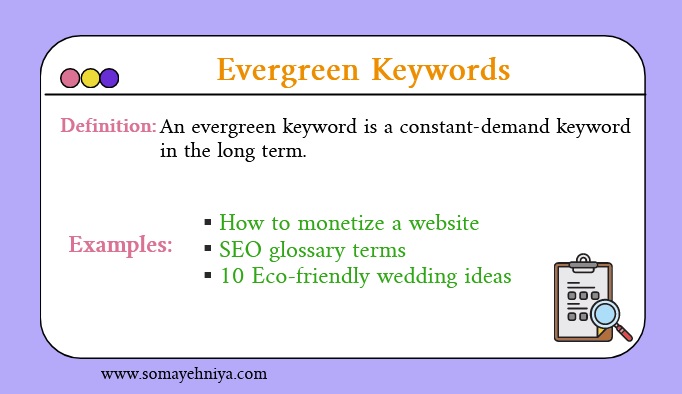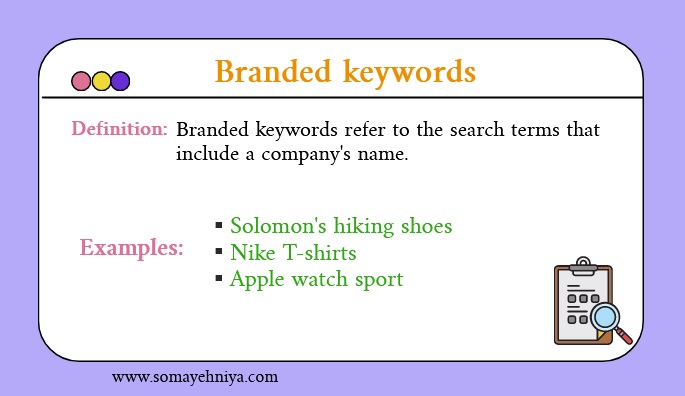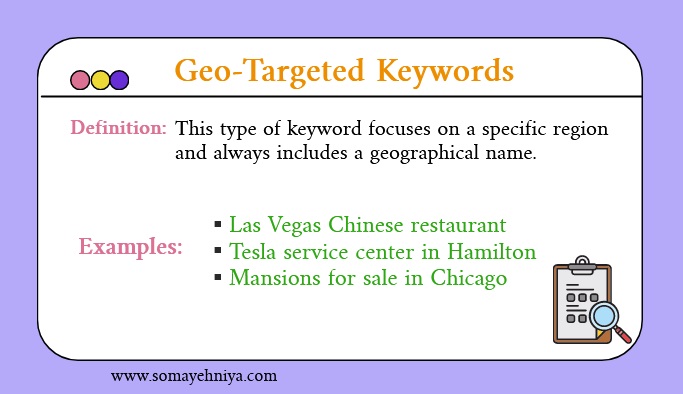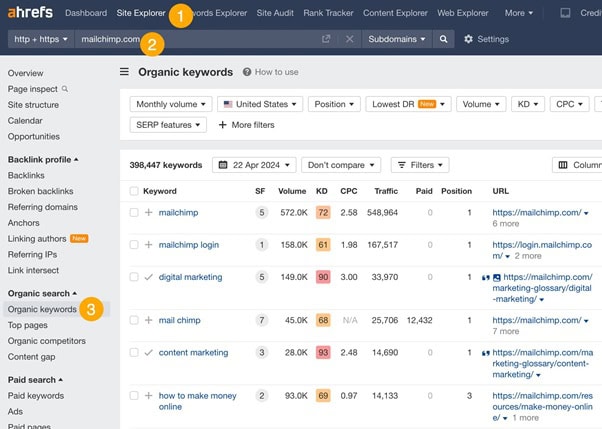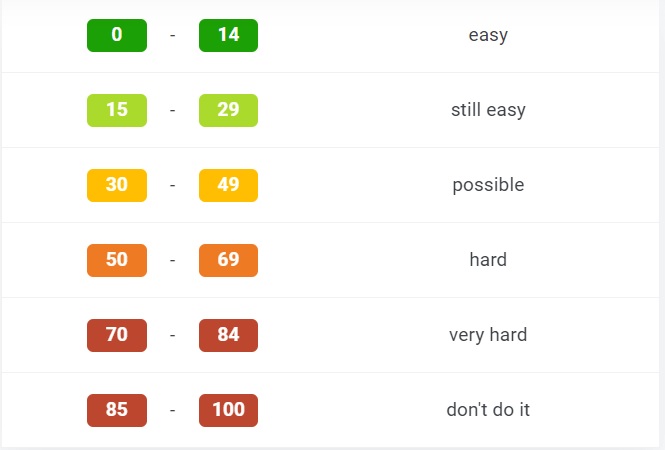Page Authority and Domain Authority in SEO: How to check and increase
Page Authority and Domain Authority in SEO: How to check and increase?
What is page authority?
In simple language, page authority is a ranking score for a specific page based on some metrics. The range of this score is from 1 to 100. The more it gets closer to 100, the page authority will increase, and the more it gets closer to 1, page authority will decrease.
It should be noted page authority isn’t a ranking factor by Google. This concept was developed by an SEO company tool, MOZ, to help for a better understanding of page value.
What is domain authority?
Domain authority is a metric that measures the strength and authority of a website. It was developed by Moz, a leading SEO software company, to help website owners understand how their sites rank in search engines. Like page authority, the score ranges from 1 to 100, and the higher scores indicate more authority.
Page authority (PA) vs. domain authority (DA)
While page authority indicated the authority of a single page in a specific website, domain authority pointed to the authority of the whole pages of a website.
In other words, domain authority = average authority of the whole pages of a domain. So, as much as you increase the authority of every single page on your website, indeed you increase the authority of your website.
Although they may seem similar, there are some differences between PA and DA that are worth noting:
- First, PA takes into account factors such as the number and quality of inbound links, the content on the page, and the overall user experience. On the other hand, DA takes into account factors such as the age of the domain, the number and quality of inbound links to the entire site, and the overall reputation of the domain.
- Second, both PA and DA are measured on a scale of 0-100, with higher scores indicating stronger pages. But it is much harder to achieve a high score in DA because it considers the entire domain rather than just one page.
Why page authority & domain authority are important in SEO?
Page Authority and domain authority don’t have any correlation to SEO; they aren’t official rankings given by Google and are not factored into the final scale of results. But they play critical roles in SEO. How do this?
MozBar accurately reflects Google’s algorithm by using the same data to determine the Page DA & PA. The ratings given by MozBar are valid and reflect the reality of Google’s algorithm.
Measuring the PA & DA allows you to determine if your page or your domain has been optimized for SEO. This allows you to identify areas that need improvement and those that are already performing well.
Additionally, having a high PA & DA can help you stay ahead of the competition, as competitors may not have invested as much time and effort into optimizing their pages.
This data provides valuable insight into your website. It also can help improve your SEO, even though it is not directly analyzed by Google.
How to check page authority and domain authority?
To check page or domain authority, use a tool such as Moz’s domain authority checker or Ahrefs’ site explorer. These tools provide a score from 0 to 100 that predicts how well it will rank on search engine results pages (SERPs).
To use these tools, simply enter the URL you want to check and click analyze. The tool will generate a report that includes the page or domain authority score, backlinks, and social media shares.
How to improve page authority and domain authority?
Page authority and domain authority are essential factors in determining the success of a website. It can be improved by following some simple steps.
Produce high quality content
There is no doubt a good and high-quality content is one of the most important SEO principles. Nothing can be replaced by good content in SEO. Because Google is so sensitive to the reputation of the company, and bad content hurt it.
Now, the question is how to improve the content to accept by Google.
A very short answer is: Good content should be comprehensive, accurate, useful, and make users satisfied.
In the following, I note some significant points that help to improve your content:
Write for users, not search engines
Good content should write for users, not search engines. It means seeing your content from the point of view of a user. Does it provide the proper answer? Is it comprehensive?
Write simple
Content must be exact and straight. Some writers think the complexity of content is a sign of skill and talent. But it is wrong. People give up complex content. For containing simplicity in the content you should pay attention to below points:
- Use simple and short sentences.
- Don’t use complex words.
- Use short paragraphs.
- Use many subhead lines that the user can skim.
Find your own point of view
Have your own point of view. It’s one of the things Google loves. When you have your perspective, Google recognizes this content should belong to a knowledgeable person. And also users come back to your blog again and again
Write once and edit twice
Editing content is an inseparable part of writing procedure. It includes checking for grammatical, punctuation, vocabulary, structure, tone, and more errors. It helps to enhance the overall quality of your content. Editing doesn’t conclude with just finding errors. It also takes care of how your content communicates with readers and coherency between different parts of your content.
Use statics
Include statics in your content if possible. When you write something according to your feeling and intuition, it doesn’t need any proof or evidence. But when you write about facts in any scope, include statics if it is possible. It helps your justification and thrust wordiness. Also, link your statics to high-authority sources.
Get valuable backlinks
People who are familiar with SEO, whether skillful or primary, all know backlinks are highly important. In simple language, backlinks are a sign of authority.
There is a widespread discussion in SEO for backlinks. Quality or quantity? Which one is important?
Actually, there is no exact answer to this question. Although backlinks are important, they aren’t the only main factors in SEO. A page or domain with lower numbers of backlink can have higher authority when it at the same time pay attention to the quality of backlinks and also other factors in SEO.
There are many proven ways for acquiring backlinks such as guest posts, asking the publishers for backlinks, paid backlinks, and more. But they are a short-term solution. Nothing more than writing evergreen content can’t bring organic backlinks to your website. Of course, it needs hardworking and consistency.
Some kinds of content like infographics, videos, and how-to Guides content attract people more. For example, if you write unique how-to guides that answer all questions of users, most probably many websites link their users to your website.
Build perfect internal links
For building internal links in a domain, SEO experts recommend linking from high-authority pages to other pages. Because it shares the authority, and low-quality pages get some portion.
Improve user experience
User experience plays a crucial role in improving page and domain authority. Creating a website that is easy to navigate and provides a great user experience will attract more visitors and keep them coming back.
Audit your website
Broken links are harmful to bounce rate and page authority. If it happens constantly and users confront errors, it causes the Google bot doesn’t crawl that page, and you lose the amount of traffic.
So, schedule a time to audit your site and remove broken links.
Why page authority and domain authority change
If you’ve noticed a sudden change in your PA or DA score, it could be due to a variety of reasons. For example, if you have recently added or removed links from your website, this could affect these scores. Additionally, if other websites have linked to your site, this could change your PA or DA score.
It’s important to note the scores are updated regularly, so even if you haven’t made any changes to your website, your score may still fluctuate over time. This is normal and shouldn’t cause alarm.
Conclusion
Page Authority and Domain Authority are crucial metrics for any website looking to establish a strong online presence. These metrics help search engines determine the relevance and authority of a website’s content, which in turn affects its ranking on search engine results pages.
To improve your website’s Page Authority and Domain Authority, it is important to focus on creating high-quality, relevant content that attracts backlinks from authoritative sources. Additionally, optimizing your website’s technical SEO elements such as site speed, mobile-friendliness, and URL structure can also positively impact these metrics.














